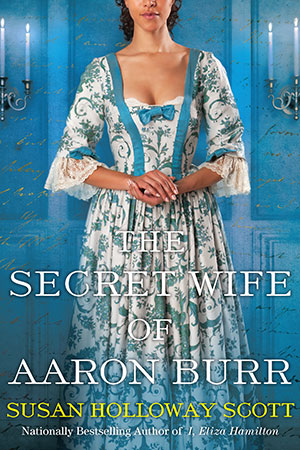Loretta reports:
In a few days, we mark a milestone in women’s rights. On 18 August 1920, the state of Tennessee ratified the Nineteenth Amendment to the U.S. constitution, providing the three-quarters majority needed for adoption.
Here’s what it says:
"The right of citizens of the United States to vote shall not be denied or abridged by the United States or by any State on account of sex.
"Congress shall have power to enforce this article by appropriate legislation."
Senator Aaron A. Sargent of California, whose wife, Ellen Clark Sargent, was a suffragist, first introduced the amendment to Congress in 1878. Yes, it took only forty-two years. And the women’s fight for the right to vote had begun decades earlier. But long, long fights have been the case with a great many other milestones in legislation, like abolishing slavery.
We all know the suffragists were ridiculed and abused all the way to the ballot box, but you might want to look at samples of what some people found hilarious,
here (let's also ridicule women's fashion while we're at it),
here,
here,
here,
here, and
here. Note that suffragists are always unattractive, sometimes monstrous. Elderly spinsters appear frequently. Wearing eyeglasses.
Yet a few years later we find images mocking the anti-suffrage side,
here,
here,
here,
here,
here, and this powerful (and surprising, given the date)
image of native American women.
You'll notice that Puck, which had published some of the more infuriating images in this collection, either couldn't make up its mind or finally
changed its tune.
Images: Hy Mayer,
The Awakening, 20 February 1915, courtesy Library of Congress Prints and Photographs Division Washington, D.C. 20540 USA; Milhouse, Katherine,
It Doesn't Unsex Her, 1915, via Wikipedia;
"I did not raise my girl to be a voter." Soprano solo with vociferous supporting chorus of male voices, 1915, courtesy Library of Congress Prints and Photographs Division Washington, D.C. 20540 USA .
Clicking on the image will enlarge it. Clicking on the caption will take you to the source, where you can learn more and enlarge images as needed.















 One of us --
One of us -- 


